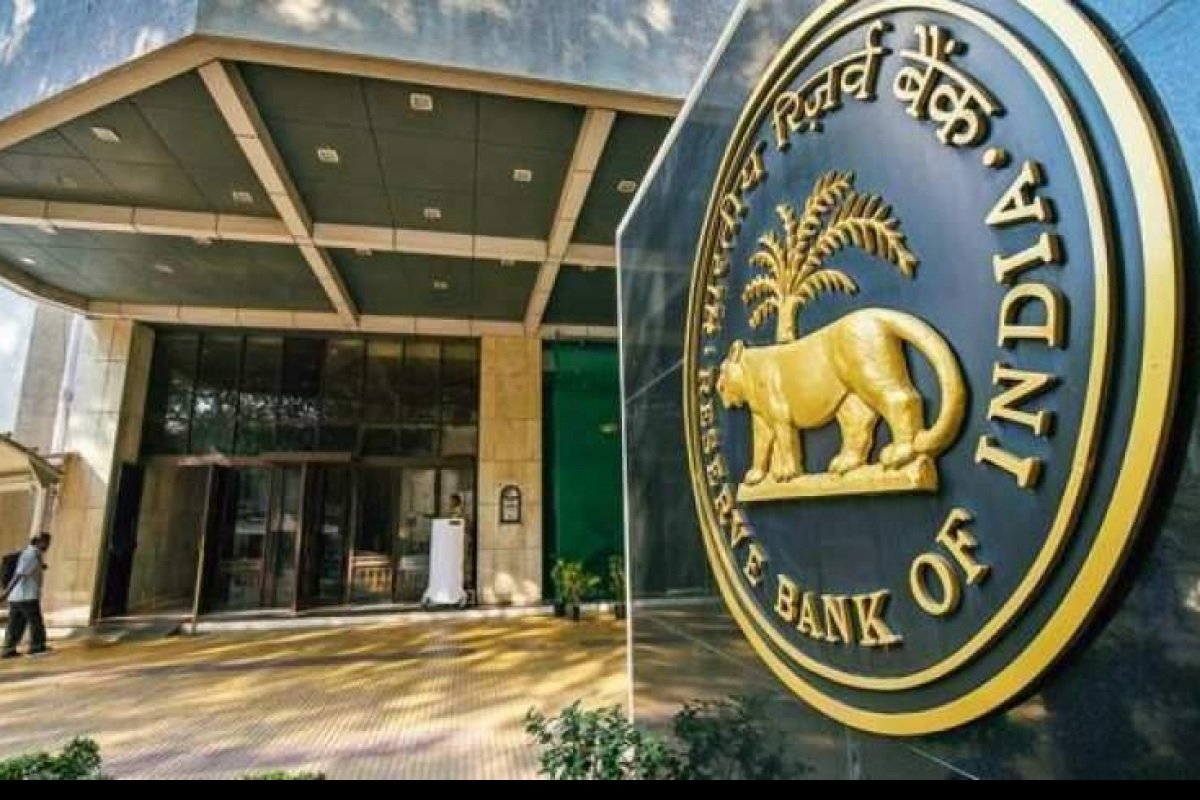Reserve Bank Governor Shaktikanta Das on Wednesday said the frequent food price spikes pose a risk to anchoring of inflation expectations and called for timely supply side measures to limit such shocks.
Delivering the Lalit Doshi Memorial Lecture here, Das said vegetable price shocks are short term in nature and the monetary policy can wait for the “dissipation” of the first-round effects of the current spate of shocks.
However, the Reserve Bank of India (RBI) will be on guard to ensure that second order effects in the form of generalisation and persistence are not allowed to take hold, he said.
“The frequent incidence of recurring food price shocks pose a risk to anchoring of inflation expectations, which has been underway since September 2022,” Das said and stressed that the RBI will be watchful on this front.
“The role of continued and timely supply side interventions assumes criticality in limiting the severity and duration of such shocks,” the Governor, who heads the six-member rate setting panel of the RBI, said.
He also reiterated that the RBI will remain firmly focused on aligning inflation to the target of 4 per cent and the interest rates are likely to stay elevated in the country for long.
The RBI has been opting for status quo on rates in recent months after tightening them since mid-2022 as a response to the runaway inflation.
The headline inflation came down to 4.3 per cent in May but has since been rising, and also breached the upper tolerance level of 6 per cent in July because of the jolt from vegetable prices, particularly tomatoes.
According to many watchers, the consumer price inflation is expected to come above 6 per cent in August as well.
Das said the spike in vegetable prices in July is starting to see a correction, led by tomato prices, pointing out that new arrivals are already softening prices.
He also welcomed the “proactive supply management” in the case of onions.
“We expect to see an appreciable slowdown in vegetable inflation from September,” he said, adding that the progress of monsoon in July has upped the prospects for the summer crop.
However, rainfall has moved into the deficit territory again and was 7 per cent below the average as of August 21, he said, adding that sudden weather events, El Niño conditions and renewed geopolitical tensions present uncertainty to the food prices outlook.
On the macroeconomic front, Das said India’s financial sector continues to be resilient and healthy but underlined that there is no room to be complacent.
Forex reserves of over USD 600 billion present a strong umbrella against any event like that of a cyclical capital outflows, Das said.
It was this “umbrella” which led to an orderly depreciation of the rupee and ensured that the domestic currency was less impacted when compared to global peers after the start of the Ukraine invasion by Russia, he added.
In comments that come at a time when the systemic liquidity has slipped into deficit for two consecutive days, Das said excess liquidity poses systemic risks and added that advanced economies faced difficulty in withdrawal of post-Covid measures whereas India managed it very well because of the finiteness of the help.
He said India stands out as a growth engine for the world but needs to focus on agriculture, technology, demographics, manufacturing, services and startups sectors to sustain it at high levels for longer periods.
The career bureaucrat-turned-central banker said India has to find a way to push agricultural reforms, especially in the area of agricultural marketing and the connected value chains.
“These reforms are critical not only for sustained high growth but also for farmers’ income, durable price stability and to mitigate the frequency and intensity of food price shocks that we have seen in the recent months,” he added.
On the manufacturing front, he said the share of it has remained stagnant at about 18 per cent of GDP and India has the potential to capitalise on emerging areas such as aerospace and defence, low-carbon technologies, electric vehicles and semiconductors.
Improving the labour force participation rate, especially of women, is critical to realise the full potential on the demographics front, he said and added that there is a need to invest in education, skill development, and healthcare.
The time is now ripe for targeted development of startups in high-tech domains such as quantum computing, small modular reactors, AI-based defence equipment, biotechnology, rare earths extraction, battery technology, oceanography and space exploration, Das said.


